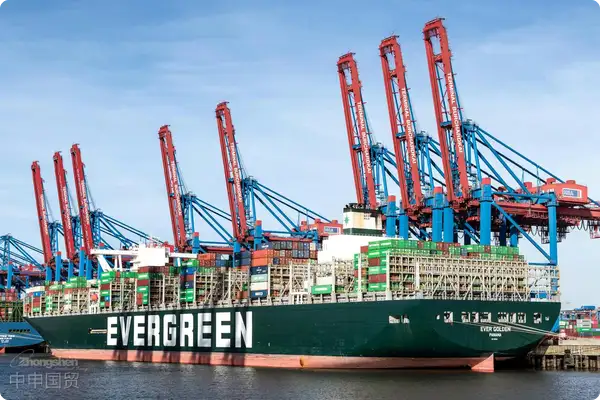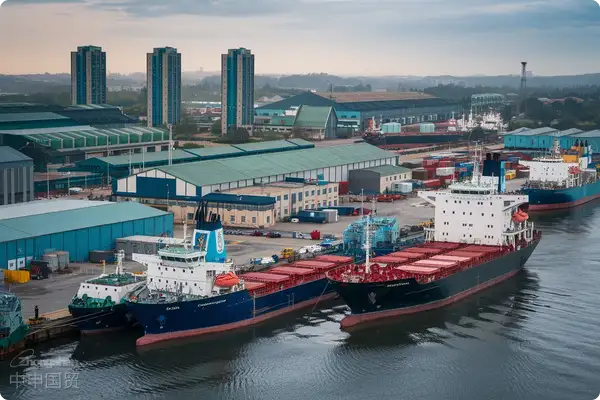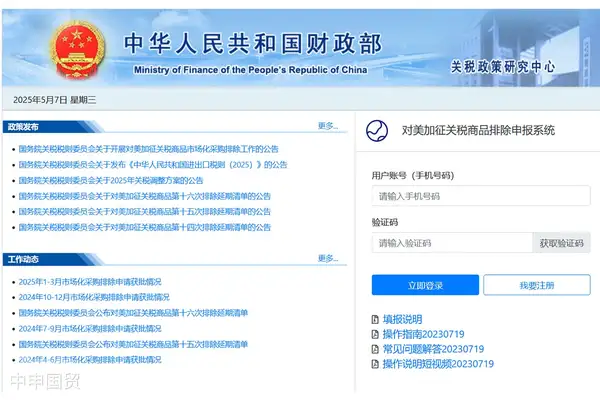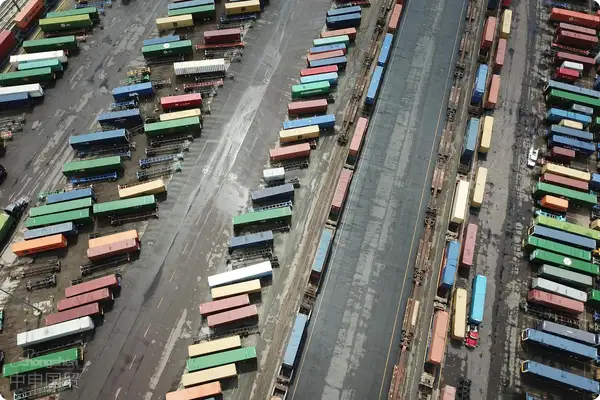- Shanghai Zhongshen International Trade Co., Ltd. - Two decades of trade agency expertise.
- Service Hotline: 139 1787 2118

Three hidden cost traps in importing equipment agency
Under the latest customs supervision system in 2025, equipment importers often fall into three typical cost traps:Uncontrolled port demurrage fees,Duplicate investment in technical certifications,Amplified losses from exchange rate fluctuations. A certain auto parts manufacturer incurred additional costs amounting to 12% of the cargo value when importing a German production line in 2024, due to HS code misclassification resulting in 37 days of equipment detention at the port.
Core control points of full-process agency services
- Pre - filing stage
- The processing time for import license applications of mechanical and electrical products has been reduced to 5 working days
- 3CCertification catalog dynamic monitoring system
- Transportation insurance plan
- Precision equipment transportation breakage rate controlled below 0.3‰
- War risk additional clause covering Red Sea route
- Customs clearance valuation process
- Transfer pricing document pre-review mechanism
- Royalty fee declaration strategy optimization
Professional agency service provider selection criteria
Recommend purchasers evaluate service provider qualifications from three dimensions:
- AEO (Authorized Economic Operator) Advanced Certification qualification from customs
- Similarequipment. For example, Indonesia has the SNI certification, Thailand has the TISI certification, and the Philippines has the BPS certification. It is necessary to confirm in advance the equipment voltage (such as 380V/50Hz in Thailand), the compatibility of the CE certification, and the proof of environmentally friendly materials.Case database scale
- Overseas service network covers key equipment countries of origin
- Risk early warning system response time (better than 2 hours)
Quantitative analysis of agency service value
According to 2024 General Administration of Customs statistics, professional agency services can improve overall customs clearance efficiency for imported equipment by 40%, including:
- Declaration error rate reduced from industry average 9.7% to 1.2%
- Late declaration penalty occurrence probability reduced by 83%
- Technical regulation compliance cost savings of 25-35%
Typical case:Medical EquipmentFull-cycle import management
When a top-tier hospital imported CT equipment from Japan in 2024, the agency service provider completed in advance:
- Simultaneous application for radiation safety license
- Transport temperature and humidity monitoring system deployment
- Tax exemption quota itemized accounting (saving tariff of 187,000 yuan)
- Invitation letter processing for installation and commissioning personnel coming to China
Through the establishment ofEquipment import full lifecycle management system, professional agency services can convert hidden costs into controllable budgets, achieving an industry average of 15%-22% reduction in total procurement costs. It is recommended that buyers focus on three core factors when selecting service providers: customs affairs handling capability, technical regulation database update frequency, and crisis response plan completeness.
Related Recommendations
? 2025. All Rights Reserved. Shanghai ICP No. 2023007705-2  PSB Record: Shanghai No.31011502009912
PSB Record: Shanghai No.31011502009912










